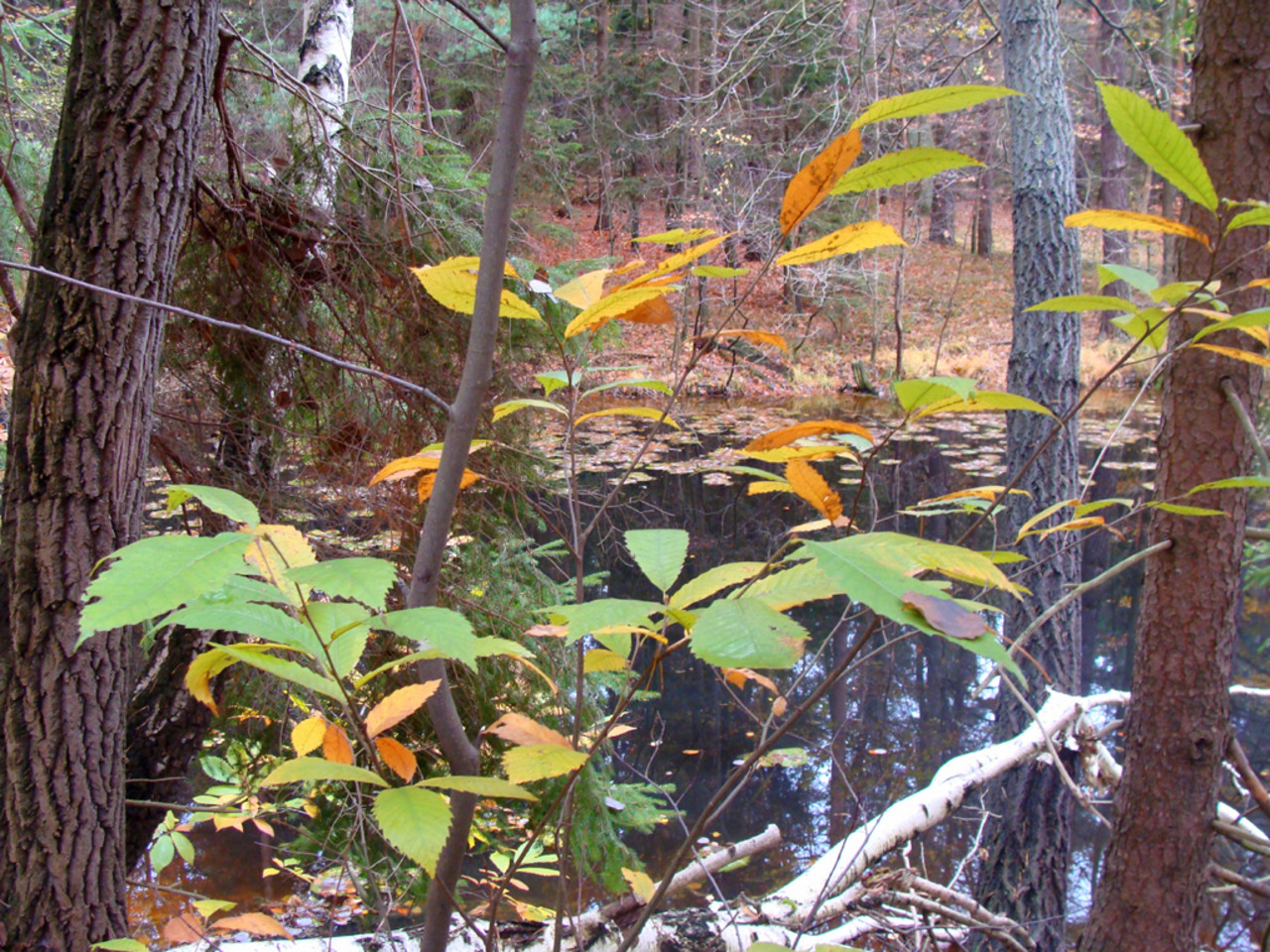Wine Tasting
페이지 정보
작성자 Marti Trundle 작성일25-01-10 03:44 조회13회 댓글0건관련링크
본문
Wine Tasting
Why is wine tasting fun?
Wine tasting is a pleasant experience for a number of causes:

- Exploration of Flavors: Tasting different wines permits people to explore a variety of flavors, aromas, and textures, every distinctive to its origin.
- Social Experience: Wine tasting is often a social event that brings folks collectively, making it a enjoyable approach to connect with pals or meet new folks.
- Education: Participants study about the wine-making process, grape varieties, and regional characteristics, enhancing their appreciation for the beverage.
- Pairing Opportunities: Tasting wines alongside complementary meals can heighten the flavors and create a extra enriching experience.
- Sensory Engagement: Engaging all senses—sight, smell, style, and even touch—creates a dynamic and memorable expertise.
Ultimately, wine tasting combines enjoyment, learning, and social interaction, making it a fascinating activity for lovers and novices alike.
Is wine tasting a skill?
Wine tasting is indeed a talent, one that might be developed and refined over time. It goes beyond simply sipping wine; it entails a deep understanding of various features such as aromas, flavors, and the overall expertise of wine.
The Components of Wine Tasting Skill
Several key components contribute to the talent of wine tasting:
- Smell: A significant portion of style comes from aroma. Trained tasters can determine totally different scents that affect the flavor profile.
- Taste: Beyond simply figuring out flavors, skilled tasters can discern the balance of acidity, sweetness, bitterness, and different style components.
- Knowledge: Understanding grape varieties, areas, and winemaking techniques enhances the tasting expertise and allows for extra informed judgments.
- Experience: Regular tasting helps develop palate recognition, making it simpler to establish particular nuances in wines.
Why Practice Matters
Like any skill, the extra one practices wine tasting, the better they turn out to be. Participants in wine tastings study to articulate their ideas and experiences, which might greatly improve their analytical abilities in evaluating different wines.
In conclusion, while anyone can take pleasure in wine, mastering the art of wine tasting is a talent that requires dedication and practice.
What is the tasting process?
The tasting means of wine entails a systematic method to evaluate its qualities, including look, aroma, taste, and finish. Here is a breakdown of the method:
1. Look
Begin by examining the wine's appearance:
- Color: Observe the color, which can provide clues concerning the grape variety and age.
- Clarity: Check for clarity and brilliance, indicating the wine’s high quality.
- Viscosity: Swirl the wine and observe the tears or legs that type on the side of the glass.
2. Smell
The aroma is significant for figuring out the wine’s profile:
- Initial Scent: Take a second to scent the wine earlier than swirling it.
- Aeration: Swirl the wine gently to release its aromas, then take a deep sniff.
- Aroma Levels: Identify the totally different notes—fruity, floral, natural, or oaky.
3. Taste
Now it's time to style the wine:
- First Sip: Take a small sip and let it sit in your palate.
- Structure: Evaluate the balance of acidity, sweetness, and HiOP tannins.
- Flavor Profile: Notice the flavors and complexity, figuring out particular fruit, spice, or different notes.
4. Finish
Finally, assess the end:
- Length: Determine how long the flavors linger after swallowing.
- Aftertaste: Note whether the aftertaste is pleasant and what flavors stay.
By following these steps, wine enthusiasts can recognize the assorted attributes of every wine, enhancing their general tasting experience.
댓글목록
등록된 댓글이 없습니다.
